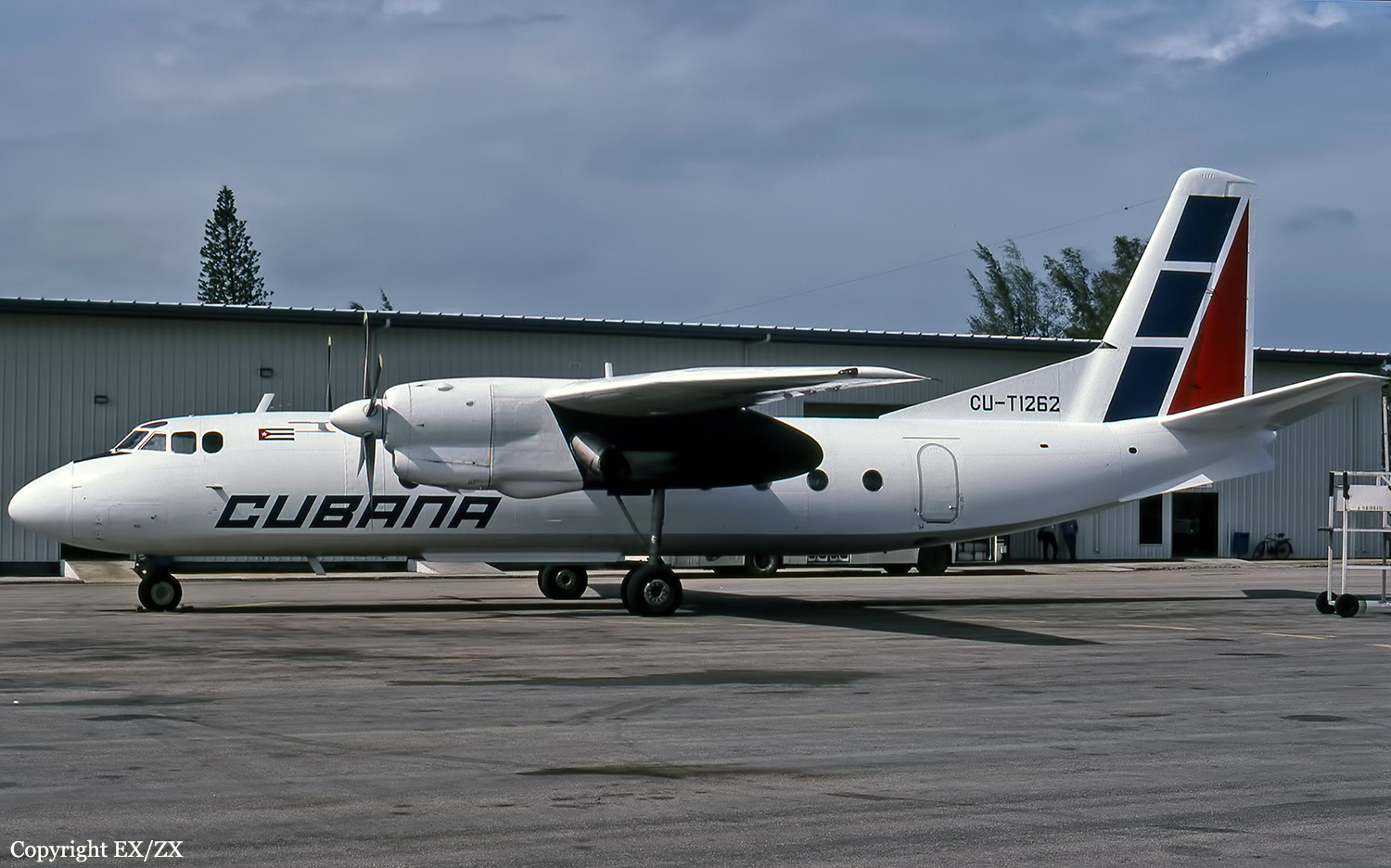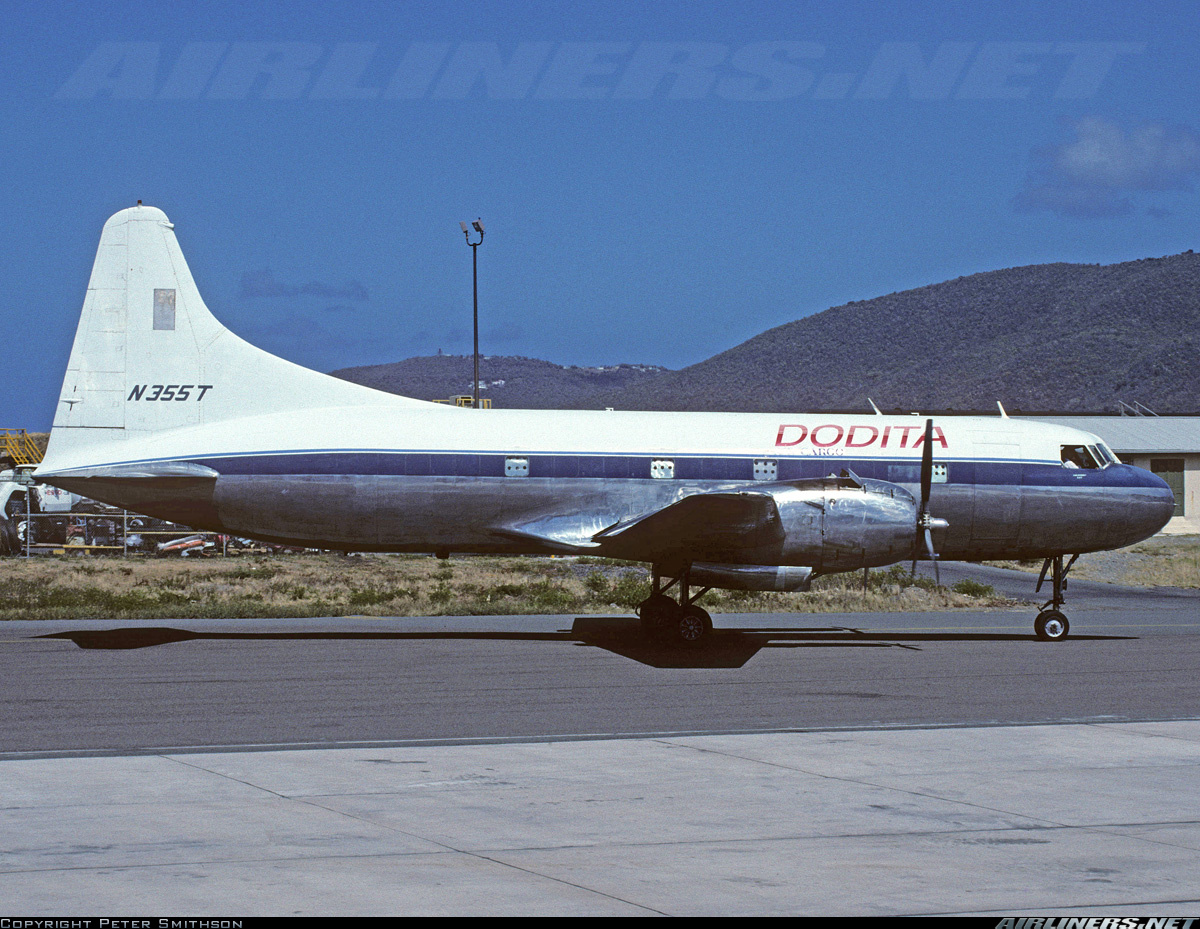Crash of a Britten-Norman BN-2A-III-2 Trislander off Little Farmer's Cay
Date & Time:
Nov 9, 1997
Registration:
F-OGOR
Survivors:
Yes
MSN:
1049
YOM:
1977
Crew on board:
0
Crew fatalities:
Pax on board:
0
Pax fatalities:
Other fatalities:
Total fatalities:
0
Circumstances:
Crashed in unknown circumstances in the sea off Little Farmer's Cay. There were no casualties.










